Carbon Polymer Nanotubes - The Future of Batteries?
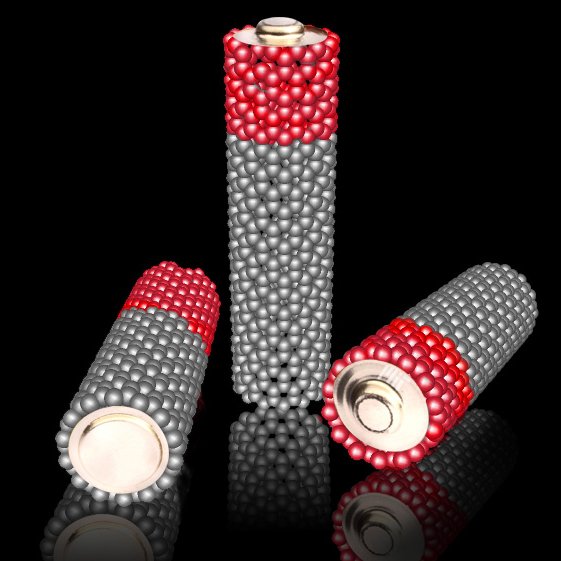
Currently, a top of the line rechargeable car battery is around US$10,000. These are toxic dangerous blocks that degrade after a few years and need to avoid overheating that would result in a disaster.
We know how serious this can be even in a small size, with Samsung's recent Galaxy Note 7 incident this year. If anyone doesn't know, the Note 7 has a battery charging issue, where it would blow up, maybe. And this is a small battery compared to the size in cars. A battery blunder costs big time when the defect goes into production, as Samsung is now feeling.
Elon Musk of Tesla Motors is trying to change this game. A Gigafactory is being built int he Nevada desert, totaling 600,000 meters squared, and will be used to develop one part of the Tesla vehicles: the battery. This boom to Nevada is expected to drive US$100 billion in economic benefits over 20 years. A second GIgafactory is planned for Europe.
Look at the size of this thing. It's going to be the 2nd largest building by usable space, but the world's largest building by physical area:
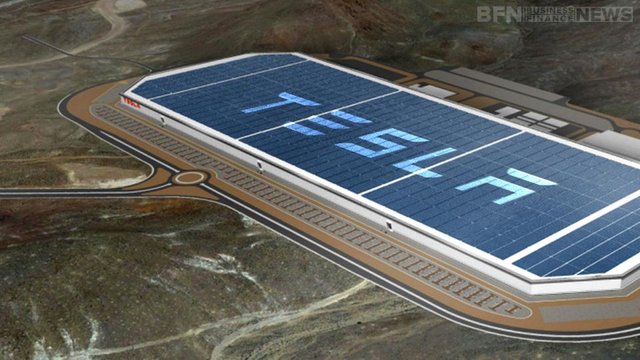
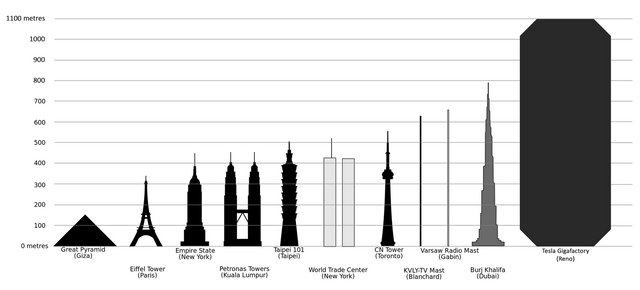
Regular batteries are known as primary batteries, and are disposed after their electrochemical charge is depleted. Rechargeable batteries are called secondary batteries, or accumulators, because they can accumulate and store energy repeatedly through reversible electrochemical reactions.
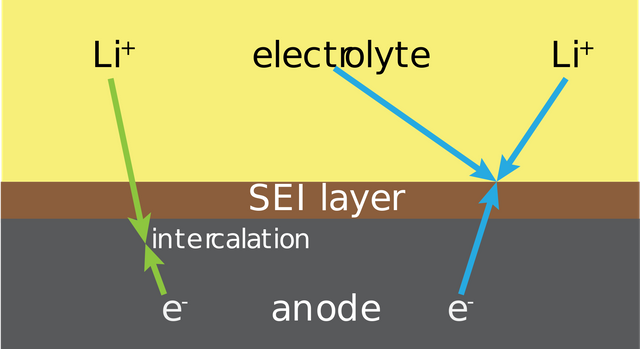
Lithium can store lots of energy between positive and negative electrodes, but the charge and discharge is slow with a lot of heat produced. If the separators that keep components apart fails or is damaged, they no longer prevent component contact, developing into short circuits that create more heat and cascade as an explosive reaction.
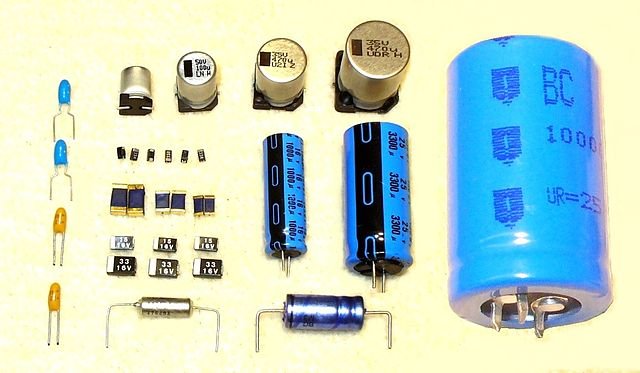
Capacitors are the opposite of long charge time, with a quick load and unload of capacity. Capacitors don't use electrochemical reactions to store energy. Energy is stored physically, not chemically, in an electric field between metal electrodes. As a power device, they are currently used to power the flash in cameras. They aren't powerful enough to run longterm devices, like a car.
Gasoline has 4000watts per kg. Tesla batteries have 1/30th that amount. And capacitors hold 1/1000th per kg compared to fuel. Traveling 500km in a car by fuel translates to 16 meters by capacitor... not ideal for transportation or much that has anything large to move.

Sponges
How to make capacitors store more energy? Sponges. Make them like sponges.
The surface area increases with divots and holes compared to a flat area. The same is true with charcoal surface area. There is so much area within.
One gram of activated charcoal has a surface area larger than 3,000 square meters (32,000 sq ft). The internal surface area is 100,00 times greater than the external surface area.
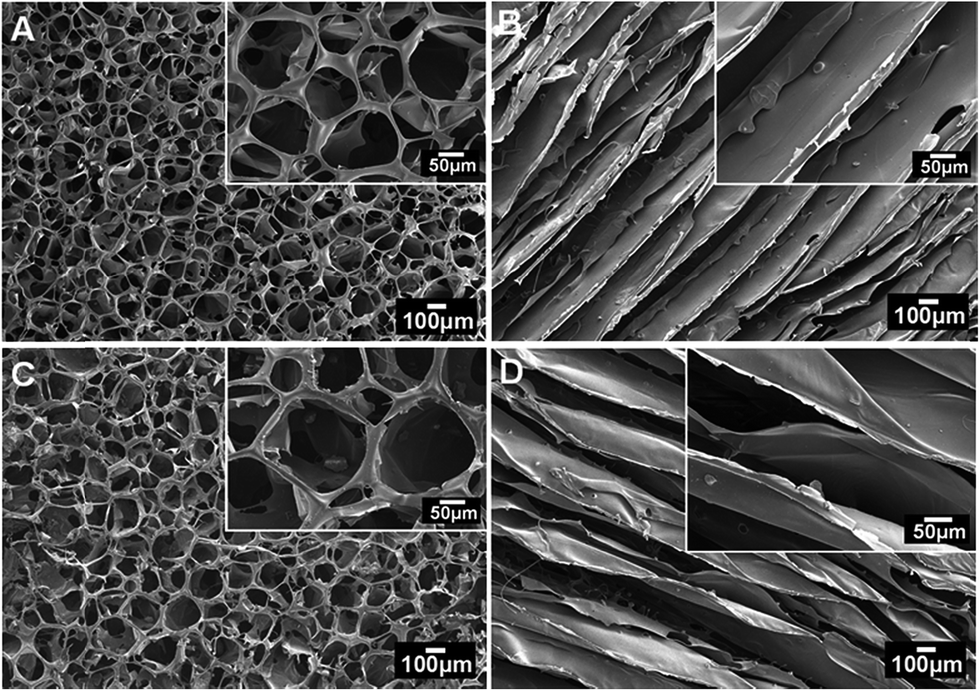
New capacitors have been developed, where they have tiny holes punched into layers of carbon that coat the electrodes in the capacitor. They use activated carbon (charcoal). These new capacitors worked, and stored 10 times more energy.
Coconuts are also used. Their shells are heated in pyrolysis to remove non carbon elements, and then treated with chemicals to etch in tiny pores. This happened in the 90's with the development of superconductors used to give enough power for emergency shutdowns in a power outage.
This isn't only used in computer systems. Wind turbines that fail need to be turned to a neutral position to avoid damage from oncoming winds. Heavy, big, constantly needing replacement batteries, are not suitable. The ultracapacitors do the job of powering the wind turbine to shift position until power is restored.
The coconut revolution might come to an end though. Other carbon technology is being developed, like carbon nanotubes 10,000 times smaller than human hair. They similarly hold a large area per gram, about 2000 square meters.
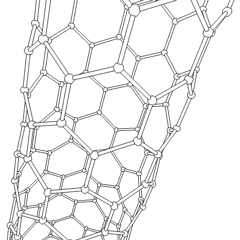
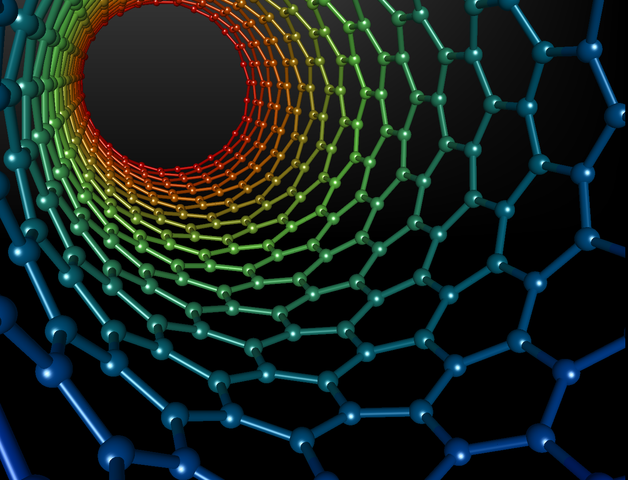
These new nanotube capacitors can hold up to 10 percent of the charge of the current Tesla batteries. Ultracapacitors are not looking like a viable source as a primary energy storage device, but they can be used to boost certain performance or reduce the load on other frequent energy demanding tasks.
Electric Grid
New energy storage methods are important for society as a whole. Renewable energies don;t always run, and need to be stored. Smart grids have sensors in the electrical network that try to manage and adjust the flow of energy to consumers. Starting and stopping the flow from various points, also requires various energy storage points, and in comes the slow load/unload battery, and short lifespan.
A new technology would greatly help to manage efficiency in the electrical grid. To get an area the power they need, the energy needs to be stored in so many batteries to cope with a surge in demand. Since the surge is temporary, ultrcapacitors may come to replace this task. They cost less to upkeep and operate, and less often to replace.
Setups and tests being done in North Carolina and Duke Energy, say they ultracapacitor system is 10 to 15% cheaper. Ireland, depending on wind power for almost 25% of its energy, wants 40% by 2020 and is the second place for this trial. A new smart grid trial is being rolled out in Tallaght, Ireland, to try this out with capacitors.
EnerG2 wants to transition from coconuts and the toxic and expensive activation of carbon process. They are designing carbon based polymers. EnerG2 wants to tailor builds for certain improvements, such as capacity storage amount vs. speed of discharge. By changing the chemistry used to create pores, they can match electrolytes designed for higher energy, higher power, or a combination of the two.
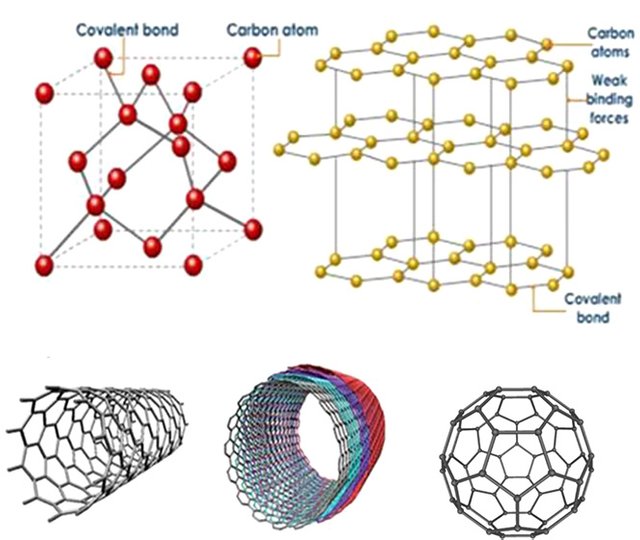
Even better, are covalent organic frameworks, which are networks of the carbon polymers that can be developed without any pyrolysis.
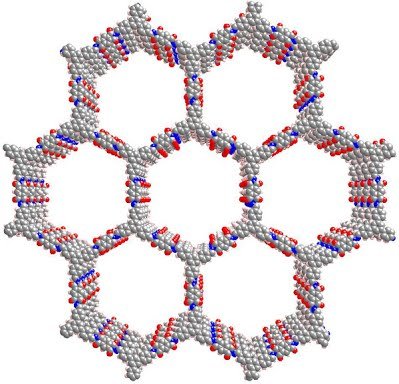
William Dichtel was able to develop one that approached the performance of the nanotube device, at a fraction of the cost, but not designed for profitability like a business wold use for a car battery. Compared to the lithium ion batteries we use in cellphones and cars designed for 1000 charges, these ultracapacitors can handle 10 times that amount.
Maybe ultracapacitors aren't viable yet, but don't count them out in the long run. Before Elon Musk went to join a startup in Silicon Valley, he was doing a PhD studying ultracapacitors, but he quit it in favor of the former. If the ultracapacitor was important to him back then, and the new battery plant being developed, there may be some big developments coming down the line for ultracapacitors and Tesla batteries.
[Images: 1, 2, 3, 4, 5, 6, 7, 8, 9, 10, 11]
[References: 1, 2, 3, 4, 5, 6, 7, 8]
@krnel
2016-11-15, 10am
The term capacitor is a misnomer. (or advertising.) Tesla called them condensers, because that is what they did. Saying that a capacitor has "capacity" is like saying a thimble has capacity compared to a bucket or a lake.
Elon Musk's Tesla batteries are not a big battery. They are a gang of little batteries. Larger lithium batteries are explosive. (so much so, that a research lab out in the backwoods of Canada was just abandoned because of the destruction.)
One of the best batteries to come along is of the type iron-nickel. The inventor created carbon nano-tubes (very conductive) and electro-plated them with iron and nickel producing a very tiny, very efficient battery.
Ah yeah, true, put the nanotube tech into regular battery tech and improve that at least... hehe, even if it still has draw backs they are trying to eliminate with the ultracapacitors which also have their own issues that don't make them worth it yet. That battery tech might be better. Will see where the giga factory goes. Thanks for the feedback.
Wow, cool!Thanks for sharing! :D I did my business paper on Tesla :D
Sweet, you're welcome :)
A company called EEStor has been researching Ultra Capacitors for years now and yet to come out with a product. I suspect that EEStor is further along than they let on.
Nice, could be. Lot's possibilities and flops... who knows eh... hehe.
Thanks for this - I'm looking at energy storage technologies for affordable renewable energy based microgrids in Africa. Look forward to future articles giving an indication how close to commercialisation some of these technologies might be in 2-5 years and some indication of expected Levelised Cost of Storage.
Awesome!